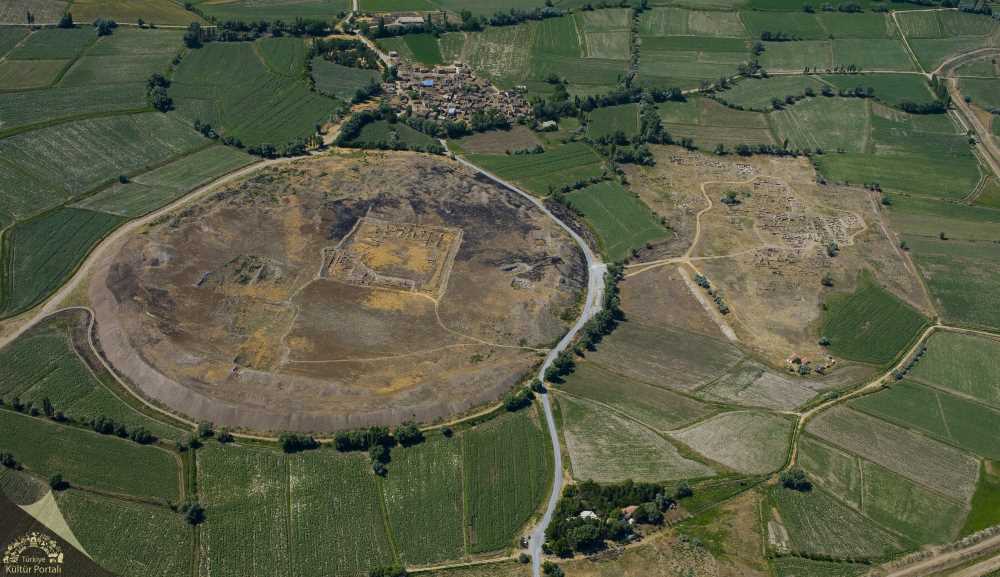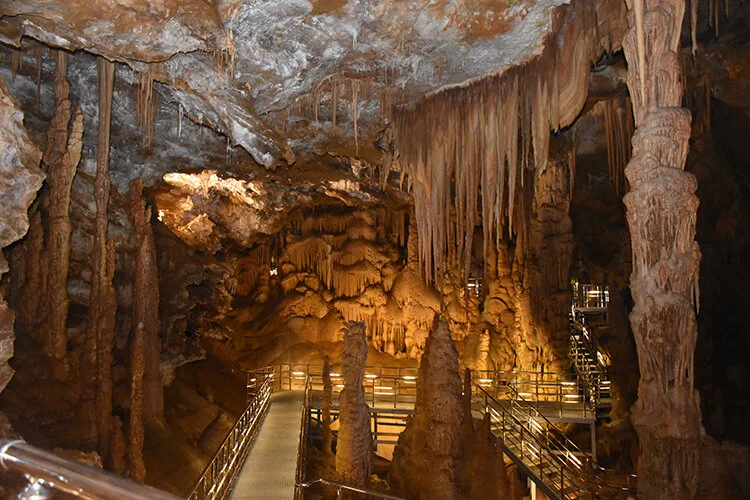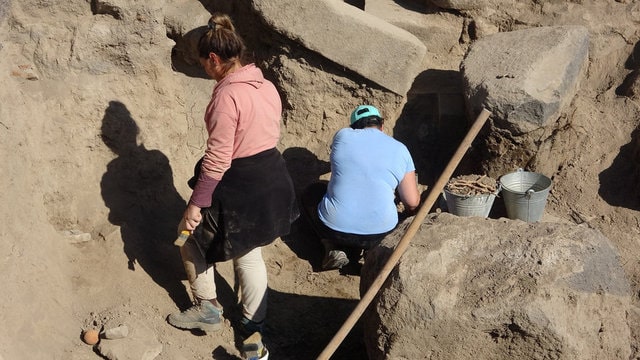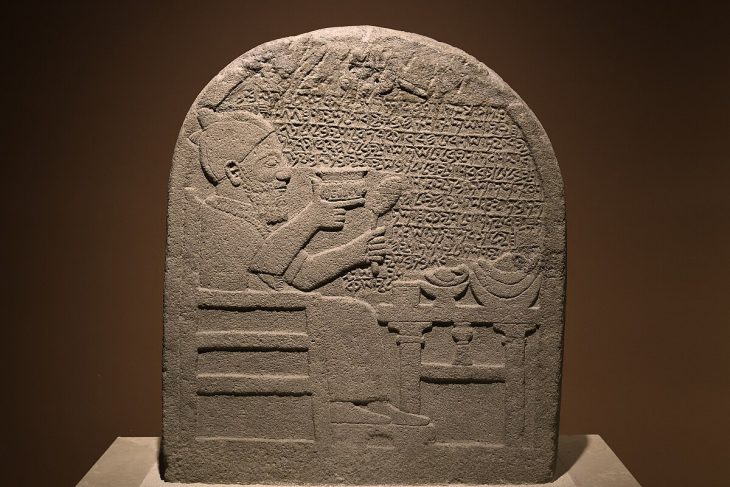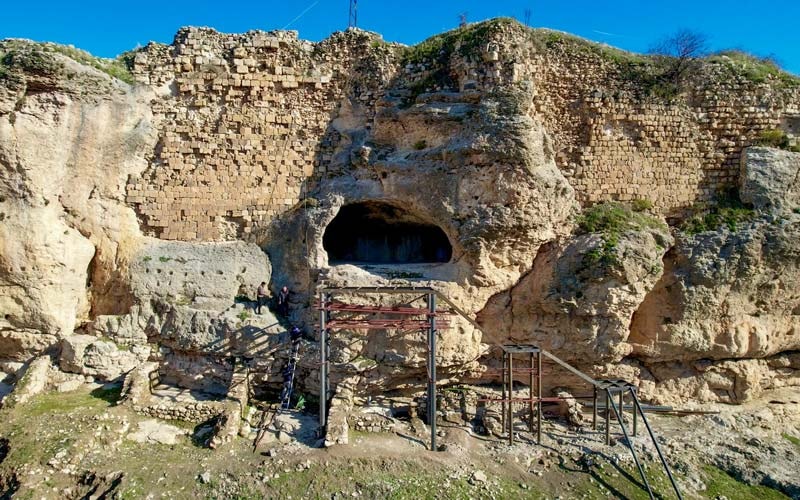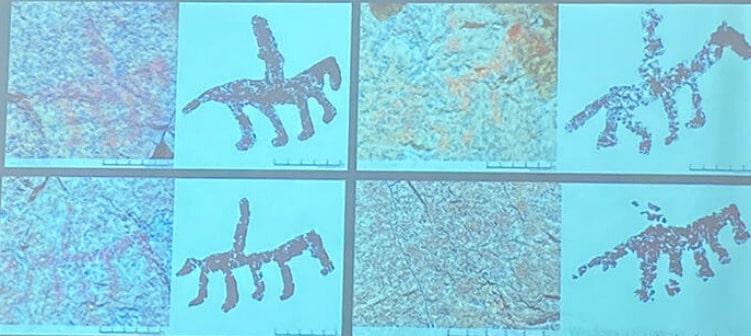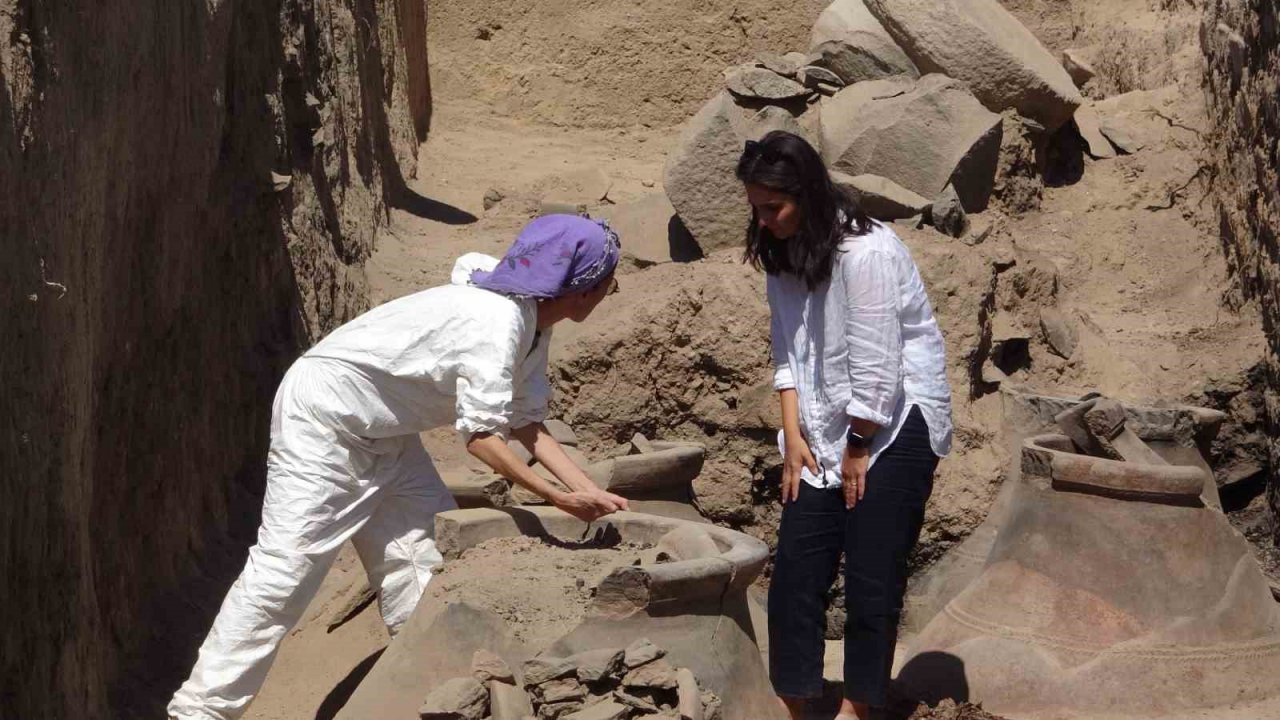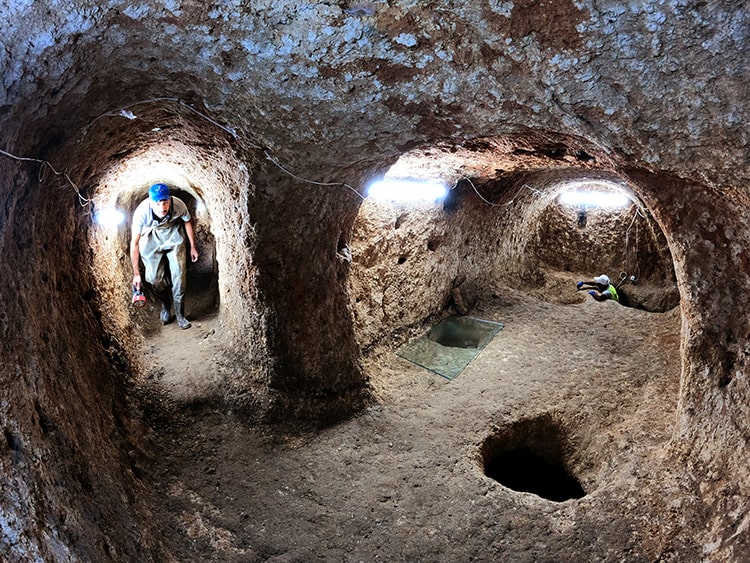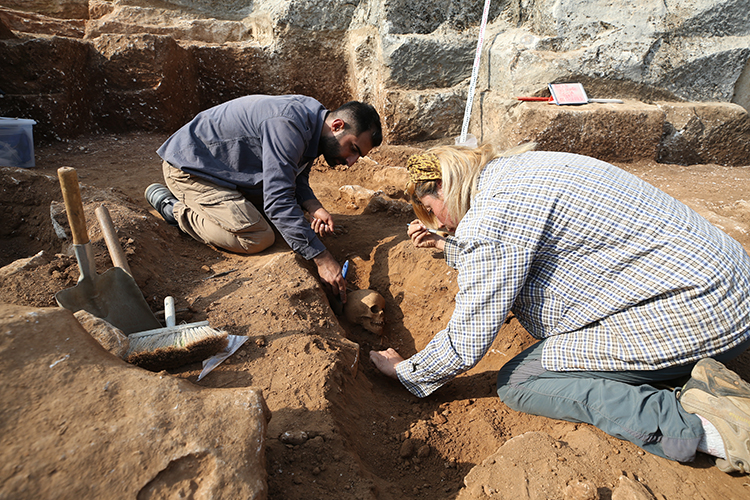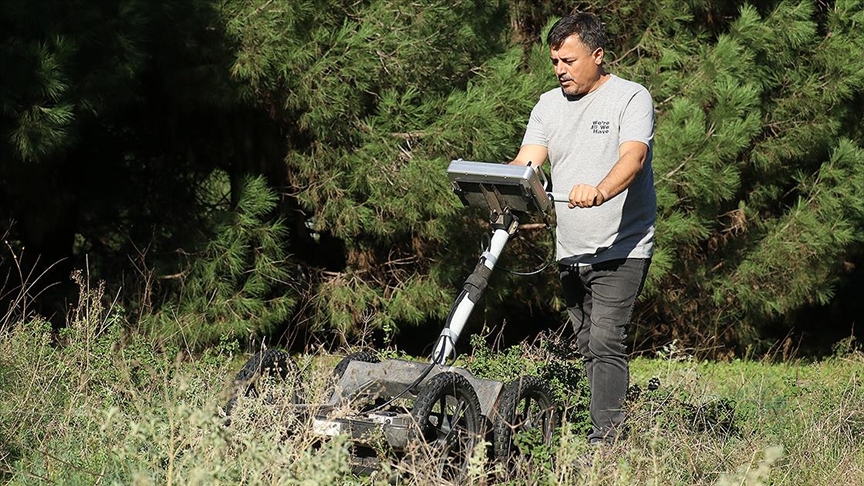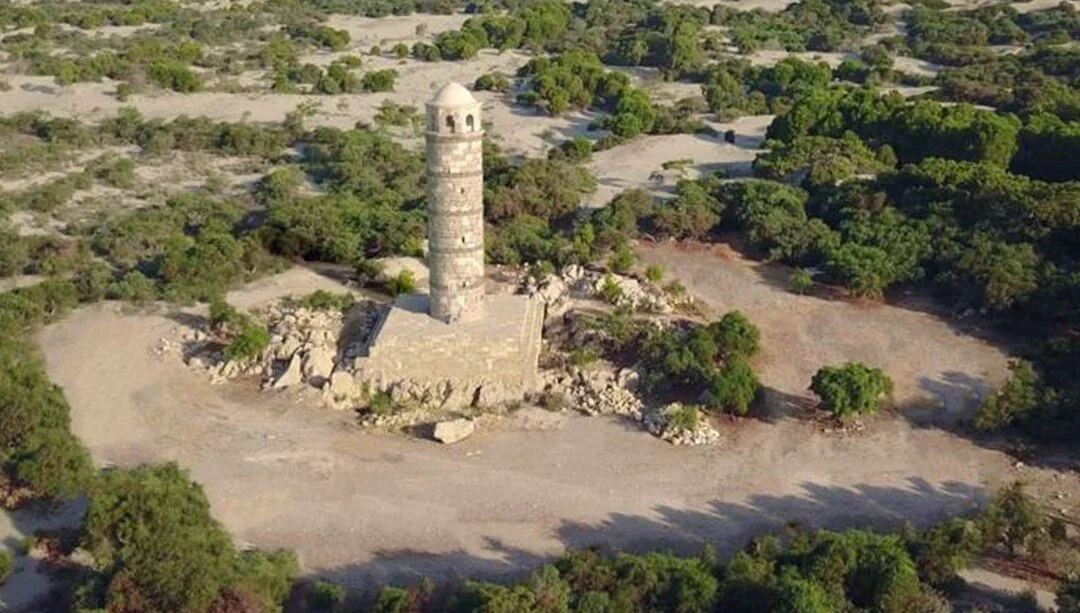The circular structure uncovered in the excavations at Uşaklı Mound may potentially indicate the lost Hittite sacred city of Zippalanda. This claim is supported by findings from the past excavation seasons.
The archaeological team from Pisa University, who participated in the Uşaklı Mound excavations, published the 2022 excavation report.
Regarding the circular structure discovered during the 2022 excavation season, Professor Anacleto D’Agostino from Pisa University, who led the excavations, stated, “At present, it will be necessary to expand the study that allows us to gain a better understanding of what it is and what surrounds it, which is currently quite challenging.”

Anacleto D’Agostino had the following to say about the structure: “Its location, not far from the river that flows near the base of the stands, to the north of what is likely the city’s main temple, encourages us to lean towards a ritual interpretation of this discovery. This becomes significant given the fact that such interpretations are not documented at other contemporary sites.”
“If this is indeed the case, this structure, along with other findings discovered over the years, will further strengthen the association of Uşaklı as an important Hittite city with a powerful Storm God’s worship center, a temple, and a royal residence, hosting various festivals attended by the king, which is mentioned in relation to the significant Hittite city of Zippalanda.”
The significant discovery occurred during the 2022 campaign of the international archaeological mission led by Pisa University. Over a fifteen-year period of research and excavation, the mission unveiled remnants of a large stepped wall surrounding the Iron Age fortress, as well as some late antique-era tombs. The archaeologists’ efforts allowed for the rediscovery of the remains of monumental buildings and tablet fragments with cuneiform inscriptions, contributing to the reconstruction of a crucial period for the Eastern Mediterranean and the Near East.
The architectural and material evidence found during the excavations, characterized by their consistency and quality, further solidified the identification of Uşaklı Mound with the sacred city of Zippalanda. These findings reveal the intensive occupation of this area from the end of the Early Bronze Age to the Roman-Byzantine period, as well as irregular, more recent traces extending up to the Ottoman era.
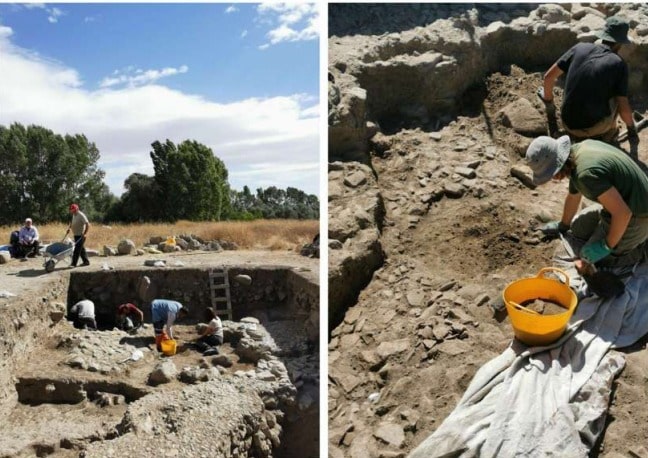
The Italian-Turkish Archaeological Mission in Central Anatolia, which began in 2008 and includes Pisa University, is the only project dedicated to the Hittite settlement in the region that was once the center of a kingdom and later an empire.
Led by Pisa University, the Italian-Turkish Archaeological Mission’s team of archaeologists operates under a ten-year concession from the Turkish Ministry of Culture and Tourism’s General Directorate of Cultural Heritage and Museums.
The program for 2022 is financially supported by Pisa University, the Oriente Mediterraneo Foundation, and the University of Florence. The project is coordinated by Anacleto D’Agostino (Pisa) and Valentina Orsi (Siena) and involves archaeologists, philologists, researchers, and students from Pisa, Florence, Siena, Yozgat Bozok, UCL London, Hacettepe Ankara, and Salento Universities. Team members include Stefania Mazzoni and Giulia Torri (Florence), Yağmur Heffron (London), Demet Taşkan (Yozgat Bozok), Yılmaz Selim Erdal (Ankara), and Claudia Minniti (Salento).
The cover photograph shows an aerial view of the Uşaklı Mound excavations, with the circular structure discovered during the 2022 excavation season visible in the center.


